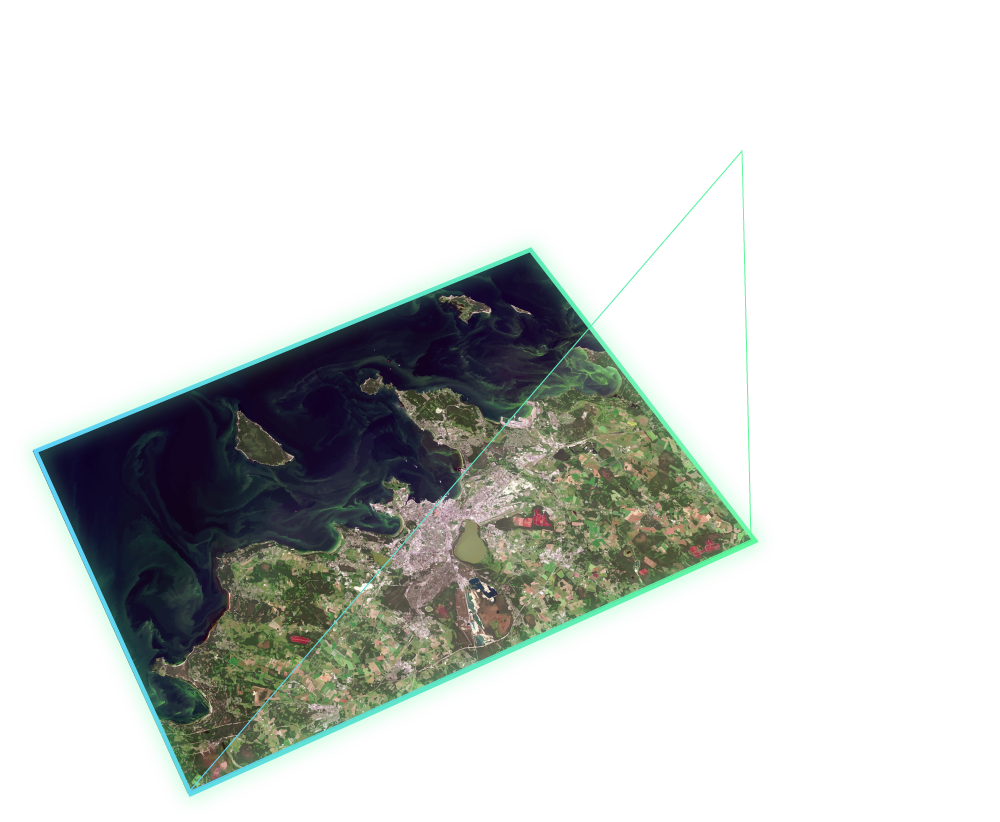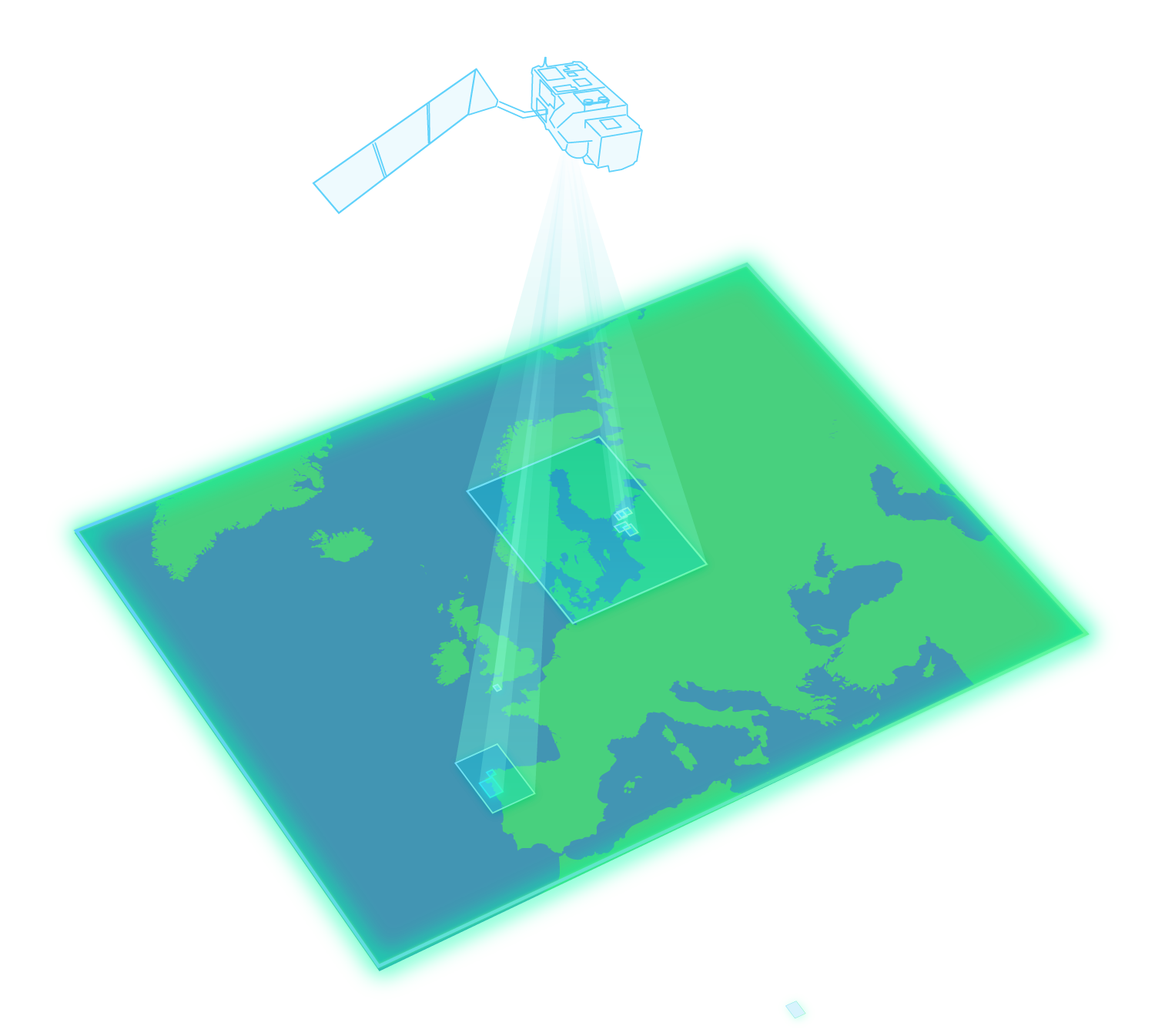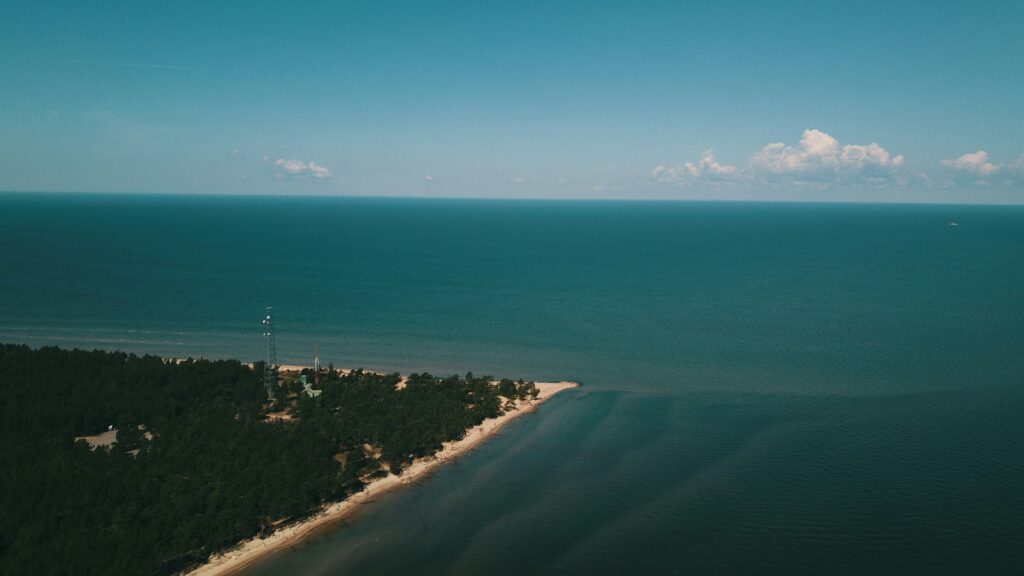From land to ocean: mapping coastal carbon from above


Building better tools for coastal carbon observation
COOL aims to overcome these challenges by developing advanced satellite algorithms to measure key carbon components such as particulate and dissolved organic carbon, inorganic carbon, and primary production with high spatial and temporal resolution. Using Sentinel-2 and Sentinel-3 satellite data and the POLYMER processor, the project will create high-quality datasets tailored for coastal studies. These will be applied to regions like the Baltic Sea and the Iberian upwelling zone, helping us better understand coastal carbon dynamics and contributing to global carbon assessments and climate models.
Project Updates

COOL Project Kicks Off: Advancing Earth Observation of the Coastal Carbon Cycle
We are excited to announce the official launch of the COOL project — Carbon from Earth Observation between Ocean and Land. Funded by the European Space Agency (ESA), this pioneering initiative brings together leading researchers to tackle a longstanding challenge in environmental science: accurately observing and understanding the carbon cycle in coastal oceans.
